The world of high-performance watercraft has always been driven by innovation, and at the heart of this evolution lies the marine engine. Specifically, the outboard motor—commonly referred to as the powerhead in the context of personal watercraft—has undergone significant advancements over the decades. From raw horsepower to fuel efficiency, modern jet ski and speedboat engines are engineering marvels that balance power, weight, and environmental considerations. The relentless pursuit of speed and reliability has led manufacturers to experiment with everything from superchargers to advanced fuel injection systems, ensuring that today’s watercraft engines are more capable than ever before.
One of the most critical aspects of marine engine design is durability. Unlike automotive engines, marine powerplants must withstand harsh conditions, including constant exposure to water, salt, and extreme temperature fluctuations. Corrosion-resistant materials such as stainless steel, aluminum alloys, and specialized coatings are now standard in high-end outboard motors. Additionally, modern engines incorporate advanced cooling systems that prevent overheating even during prolonged high-RPM operation. This focus on resilience ensures that a well-maintained marine engine can last for thousands of hours, making it a worthwhile investment for enthusiasts and professionals alike.
Fuel efficiency has become another major priority in marine engine development. With rising fuel costs and increasing environmental regulations, manufacturers are under pressure to deliver engines that consume less while delivering more. Direct fuel injection, variable valve timing, and turbocharging are just a few of the technologies borrowed from the automotive industry that have found their way into marine applications. These innovations not only reduce fuel consumption but also lower emissions, making modern jet skis and speedboats more eco-friendly than their predecessors. The shift toward hybrid and even fully electric marine propulsion systems suggests that the future of watercraft engines will be as much about sustainability as it is about performance.
The sound of a high-performance marine engine is unmistakable. Whether it’s the deep growl of a V6 outboard or the high-pitched whine of a supercharged four-cylinder, the acoustics of these machines are a key part of the thrill. Engineers spend countless hours fine-tuning exhaust systems to achieve the perfect balance between noise reduction and auditory excitement. Aftermarket exhaust modifications remain popular among enthusiasts looking to amplify their engine’s roar, though stricter noise regulations in some regions have led to the development of advanced muffler systems that maintain performance while keeping decibel levels in check.
Maintenance is another area where marine engines have seen significant improvements. Self-diagnostic systems, similar to those found in modern cars, are now being integrated into high-end outboard motors. These systems monitor everything from oil pressure to spark plug performance, alerting the operator to potential issues before they become serious problems. Additionally, modular engine designs have made repairs and part replacements more straightforward, reducing downtime and labor costs. For those who prefer a hands-on approach, the availability of detailed service manuals and online tutorials has made DIY maintenance more accessible than ever.
The aftermarket industry plays a huge role in the world of marine engines. From performance tuners who specialize in ECU remapping to companies that produce high-flow air intake systems, there is no shortage of ways to extract extra power from a watercraft engine. Racing enthusiasts often push their engines to the limit, installing forged internals, upgraded intercoolers, and even nitrous oxide systems to gain a competitive edge. While these modifications can significantly enhance performance, they also require a deep understanding of engine mechanics to avoid catastrophic failures. As a result, many riders opt for professionally installed and tested upgrades to ensure reliability.
Looking ahead, the marine engine industry shows no signs of slowing down. Advances in materials science, aerodynamics, and computer-aided design promise even more efficient and powerful engines in the coming years. Whether it’s for recreational use, competitive racing, or commercial applications, the demand for high-quality marine propulsion systems continues to grow. As technology progresses, we can expect engines that are not only faster and more reliable but also smarter, with integrated AI systems optimizing performance in real-time based on water conditions, load, and rider behavior.

By Emily Johnson/May 8, 2025

By Natalie Campbell/May 8, 2025
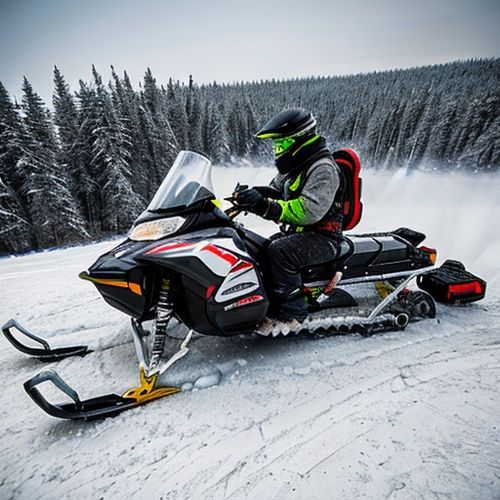
By Olivia Reed/May 8, 2025

By Lily Simpson/May 8, 2025

By Olivia Reed/May 8, 2025

By Thomas Roberts/May 8, 2025

By Daniel Scott/May 8, 2025
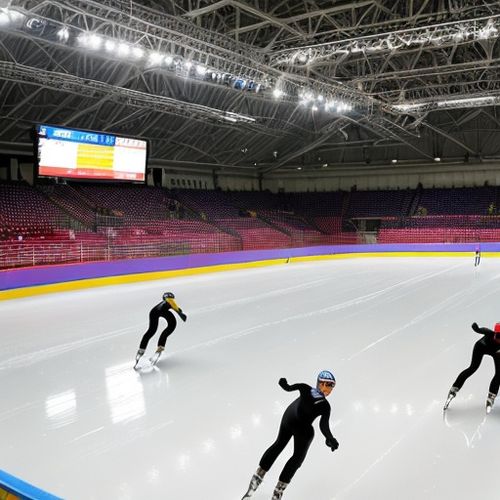
By George Bailey/May 8, 2025

By David Anderson/May 8, 2025

By Amanda Phillips/May 8, 2025
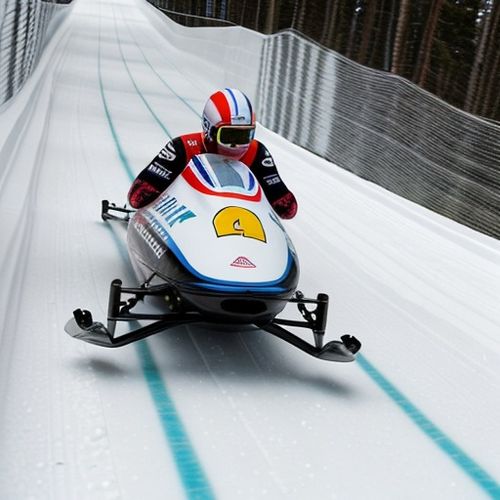
By Rebecca Stewart/May 8, 2025

By Christopher Harris/May 8, 2025

By Emily Johnson/May 8, 2025

By Christopher Harris/May 8, 2025

By Thomas Roberts/May 8, 2025
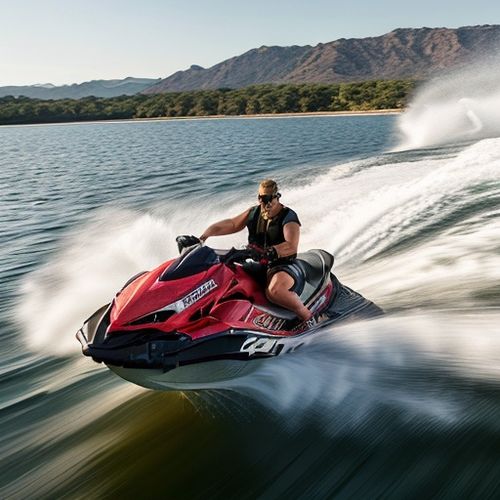
By Rebecca Stewart/May 8, 2025

By Noah Bell/May 8, 2025

By Lily Simpson/May 8, 2025
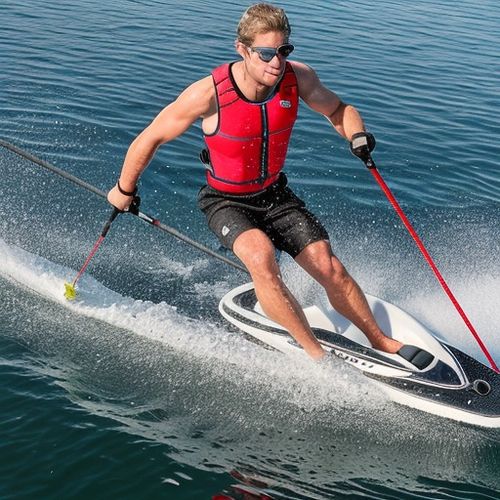
By Megan Clark/May 8, 2025
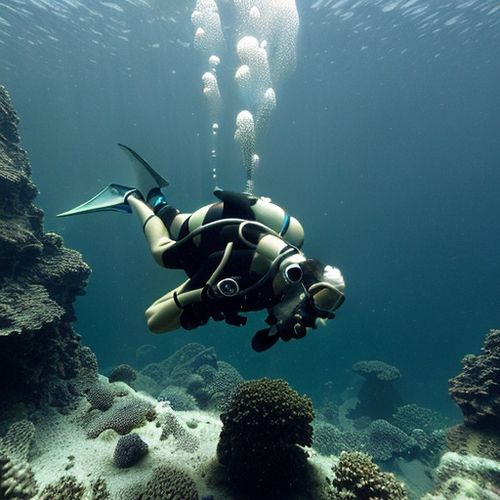
By Megan Clark/May 8, 2025